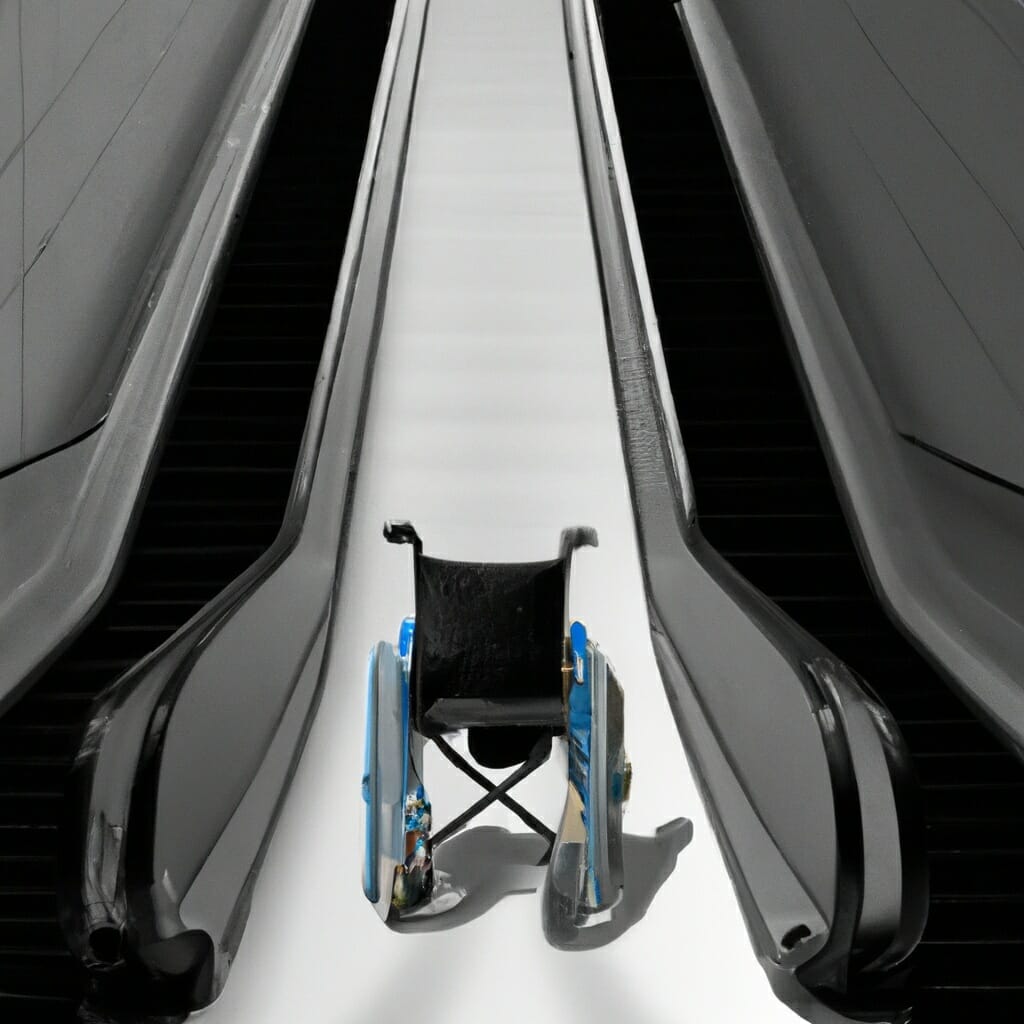
In a world that’s becoming more conscious of inclusivity and accessibility, the concept of barrier-free design is gaining increasing recognition and importance. Barrier-free design is more than just a trend; it’s a transformative philosophy that enhances the quality of life for everyone. Let’s dive into the fascinating world of barrier-free design and discover why it’s so crucial in shaping a more inclusive future.
1. Breaking Down the Barriers:
Barrier-free design is all about creating environments and products that are accessible and usable by people of all abilities, regardless of age, size, or mobility. This design philosophy aims to remove physical, sensory, and cognitive barriers that can hinder individuals from fully participating in society.
2. Universal Design:
At the core of barrier-free design lies the concept of universal design. This approach is not limited to just accommodating people with disabilities but strives to benefit everyone. Features like ramps and elevators, originally intended for wheelchair users, also benefit parents with strollers and travelers with heavy luggage.
3. Enhancing Quality of Life:
Barrier-free design has the power to transform lives. For someone with a disability, it can mean the difference between independence and dependence. Simple modifications like wider doorways, accessible bathrooms, and tactile paving can greatly enhance daily living.
4. Fostering Inclusivity:
By adopting barrier-free design principles, we foster a culture of inclusivity and respect for diversity. When spaces and products are designed with everyone in mind, it sends a powerful message of acceptance and equal opportunity.
5. Designing for the Future:
Our population is aging, and as it does, the demand for barrier-free design will only increase. Planning for an inclusive future is not just ethical; it’s also practical. Incorporating these principles in architecture, transportation, and technology ensures that our society remains accessible for all.
6. Inspiring Innovation:
Barrier-free design challenges designers and engineers to think creatively. It inspires innovation in materials, technology, and construction methods, leading to breakthroughs that benefit society as a whole.
7. Beyond Physical Spaces:
Barrier-free design extends beyond the physical realm. It encompasses digital accessibility, ensuring that websites and apps are usable by everyone, regardless of their abilities. This digital inclusivity is just as important in today’s interconnected world.
8. Legal Mandates:
Many countries have recognized the importance of barrier-free design and have implemented legal mandates to ensure compliance. These regulations not only protect the rights of people with disabilities but also set standards for the broader adoption of inclusive design principles.
9. The Role of Education:
Education plays a pivotal role in spreading awareness about barrier-free design. By educating designers, architects, and the general public, we can create a society that values and prioritizes inclusivity.
10. A Collaborative Effort:
Creating barrier-free environments and products is a collaborative effort that involves architects, designers, engineers, policymakers, and the public. It requires a shared commitment to making the world a more inclusive place.
In conclusion, barrier-free design is not just a design philosophy; it’s a commitment to creating a more equitable and inclusive world. By embracing the principles of universal design and removing physical, sensory, and cognitive barriers, we can ensure that everyone has the opportunity to participate fully in society. Let’s celebrate the beauty of barrier-free design as we work together to build a more accessible and inclusive future for all.